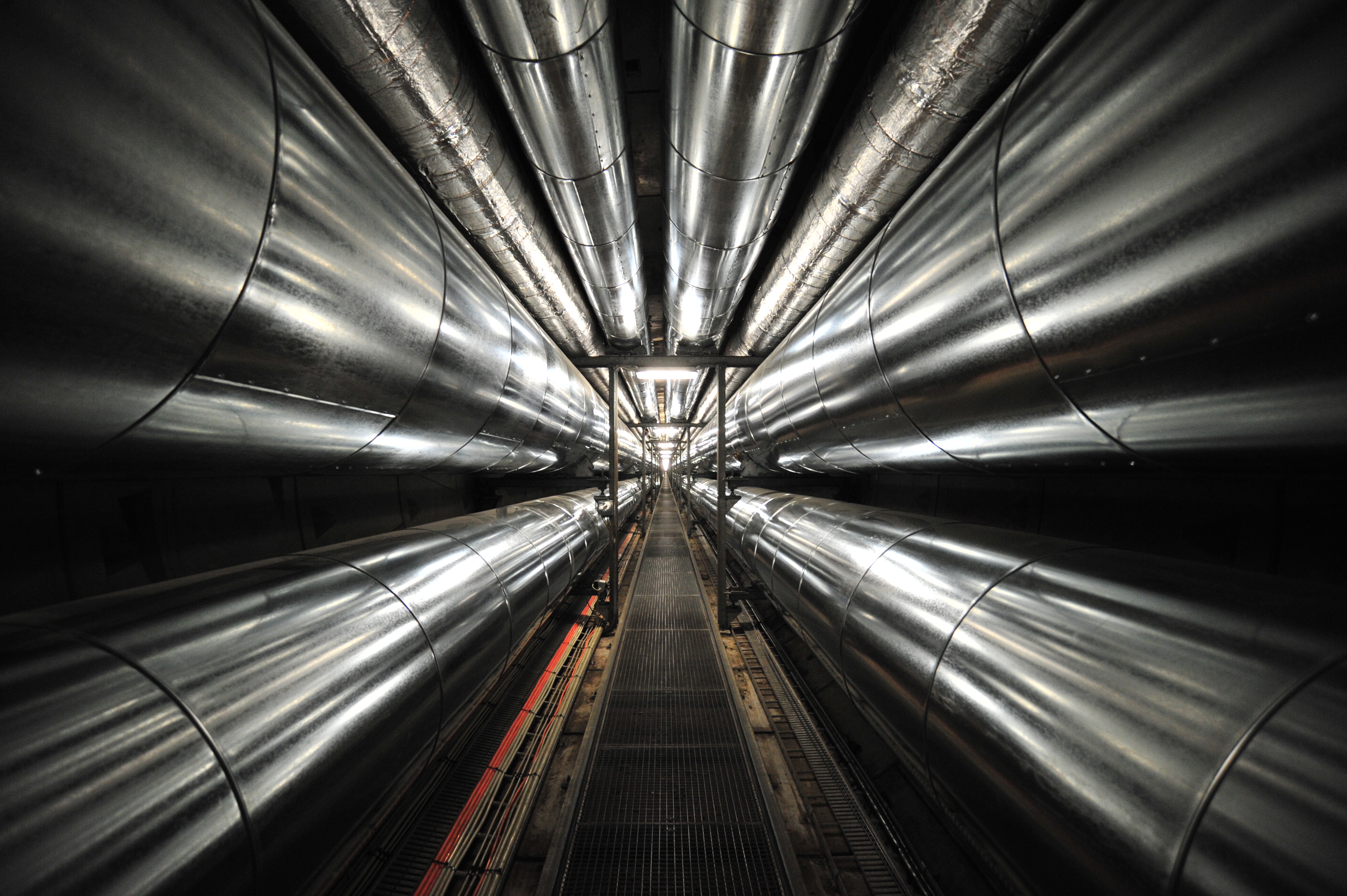
Flight shame, or as coined in Sweden “Flygskam,” is taking off. The movement prompted France to levy a flight tax ranging from 2-18 euros. KLM celebrated its 100th anniversary with a campaign urging passengers to fly less, stating that aviation causes 3% of human-caused carbon emissions. Recommended transport alternative for short distances: trains. Japan is upgrading fast-train system, Shinkansen, in time for the 2020 Tokyo Olympics. The Channel Tunnel and EuroStar encouraged travelers to take the train. Will the United States, developer of the market-changing Transcontinental Railroad, redesign tracks for mag-lev or hyper-loop?

Flygskam began when Olympic gold medalist Bjorn Ferry, and others championed the movement including climate activist Greta Thunberg; the teen nominated for the Nobel Peace Prize completed a climate-change European speaking tour mostly by train, urging travelers to forgo short-haul flying. As linguists note, every neologism might give rise to its opposite: now there is a new term: “Tagskryt” or “train bragging.”
BBC. “What is flygskam? Greta speaks up about ‘flight-shaming.'” 19 July 2019. https://www.bbc.co.uk/newsround/49032117/
Elking, Isaac and Robert Windle. “Examining Differences in Short-Haul and Long-Haul Markets in US Commercial Airline Passenger Demand.” Transportation Journal. Vol. 53, No. 4 (Fall 2014), pp. 424-452. https://www.jstor.org/stable/10.5325/transportationj.53.4.0424.
KLM. “Fly Responsibly.” https://flyresponsibly.klm.com/en
Pennetier, Marine and Geert De Clereq. “France to tax flights from its airports, airline shares fall.” 9 July 2019. Reuters. https://www.reuters.com/aticle/us-france-airlines-tax/france-plans-new-tax-on-outbound-flights-airline-shares-fall-idUSKCN1U412B.
PRI. Public Radio International. “‘Flight shame’ in Sweden prompts rail-only travel movement.” 30 April 2019. PRI’s The World. https://www.pri.org/stories/2019-04-30/flight-shame-sweden-promts-rail-only-travel-movement.
Thunberg, Greta. “Speech at French Parliament” 23 July 2019. @GretaThunberg. https://mobile.twitter.com/gretathunberg/status/1153940926517194752/ and https://www.facebook.com/gretathunbergsweden/
Building the World Blog by Kathleen Lusk Brooke and Zoe G Quinn is licensed under a Creative Commons Attribution-NonCommercial-NoDerivs 3.0 Unported Licen







